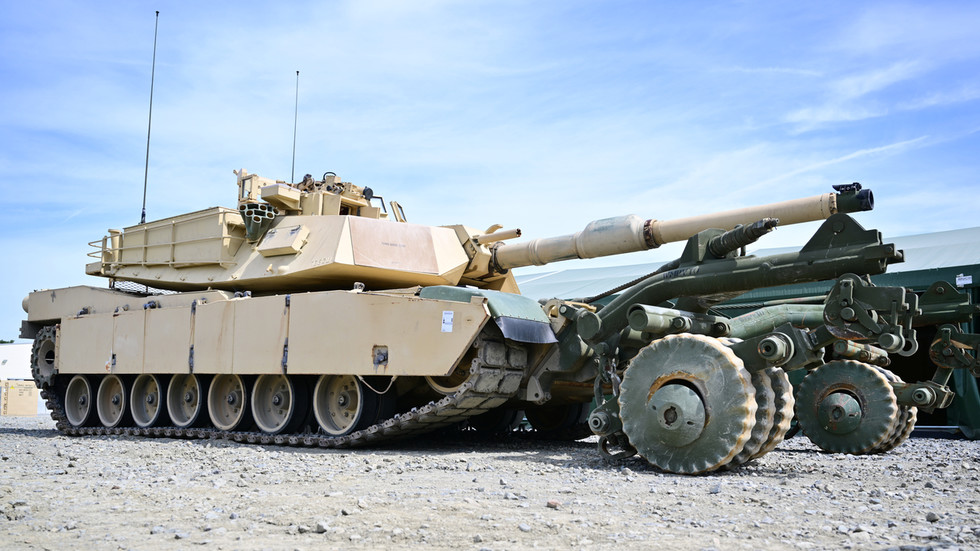THE US military has revealed incredible plans to develop a futuristic "Sea Monster" plane based on Soviet Union technology from the Cold War era.
The Defense Advanced Research Projects Agency (DARPA), Pentagon's right arm, is building a ground-effect vehicle (GEV) expected to dominate the skies from 2027.
Called the Liberty Lifter, the aircraft is an ekranoplan - like the ones built by the Russians during the Cold War Era - and will be responsible for the transportation of war logistics on a mass scale.
The futuristic plane will be able to transport heavy and bulky equipment way quicker than existing cargo aircraft and ships while covering greater distances.
As an ekranoplan, it will fly low over the ocean surface while fighting a wide range of weather conditions.
It will also be able to fly at high altitudes up to 10,000 feet for short but frequent periods.
more plans from the future
Similar to a hovercraft, it will be able to glide over water on a cushion of air, allowing it to be quicker and more efficient.
And its mass size will allow it to stay stable while carrying tonnes of goods.
The DARPA said in a statement: "The Liberty Lifter program is currently designing and will build, float, and fly an affordable and innovative seaplane that can potentially transform fast logistics missions for the DOD and commerce."
In addition to operating over water, the Liberty Lifter will also be able to cruise over any relatively flat surface, including rivers, deserts - and even snow fields.
The HEV has been dubbed "neither fish nor fowl" as it can both float, cross the oceans and fly sky-high.
And it won't even require a sophisticated runway to take off or touch down.
Hypersonic plane that reaches speeds of 3,800mph completes test flight – and could fly from London to NY in an hour
The US Naval Institute says it has "few of the virtues of either aircraft or boats while retaining many of each platform's vices".
Liberty Lifter is currently in its initial developmental phase where engineers are designing its platform.
A non-workling prototype is expected to be finalised by 2025, while a fully working model is expected to be tested by 2027.
The final production model could be the size of the giant C-17 Globemaster.
The United States considered building ekranoplans during the Cold War just like the Russians.
American spies were once convinced that ekranoplans could be used for laying mines, as well as for anti-submarine warfare and search and rescue operations.
Their proximity to the surface of the water while flying makes them difficult to detect by radar; it is an aerodynamic advantage called "ground effect".
SOVIET EKRANOPLAN
In the 1980s, the Soviet Union wanted to build eight of the machines to take on US Navy warships, according to naval warfare expert H.I. Sutton.
Caspian Sea Monster, a 302ft Soviet Sea Monster, was one of the prime examples of the aircraft design.
The formidable ekranoplan, bigger than a Boeing 747 and armed to the teeth with missiles, was beyond unique with eight huge jet engines.
The hybrid ship-aircraft, officially named Korabl Maket, was built by the Soviet Union during the Cold War and weighed 240 tonnes when empty, with a 72ft height, a 123ft wingspan, and a top speed of 310mph.
It was an experimental vehicle developed in the 1960s and intended to attack Nato nuclear submarines and aircraft carriers.
The machine first entered service in 1966 and was continuously tested by the Soviet Navy, until it crashed in the Caspian Sea in 1980.
It was decommissioned when the Soviet Union collapsed in the early 1990s and lay dormant for more than three decades at Kaspiysk naval base, about 62 miles up the coast from Derbent.
But in July 2020, the Sea Monster was dragged by three tugs and flanked by two escort vessels through the shores of the Caspian Sea to a stretch of coast near Russia's southernmost point, in what would likely be its final journey.
The massive ship-plane is now beached as a "museum" in Derbent.
The fire-breathing aquatic beast is perhaps one of the weirdest-looking machines ever built, with four engines stacked in a row on each of its wings.
It carried six anti-ship missiles in launch tubes at the top of its hull, which could travel up to 60 miles at three times the speed of light.
A second Sea Monster was designed for rescue and supply missions and was nearly completed by the early 1990s - but the project was scrapped when the Soviet Union collapsed, at the same time the existing ekranoplan was withdrawn from service.
















 English (US) ·
English (US) ·